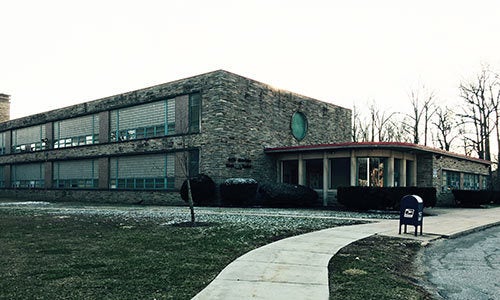
At the very end of the Obama Administration, the Institute for Education Sciences (IES) released the final report of an evaluation of the outcomes of the federal School Improvement Grant program. School Improvement Grants (SIG) are major investments to help schools with the lowest academic achievement in their states to greatly improve their outcomes.
The report, funded by the independent and respected IES and carried out by the equally independent and respected Mathematica Policy Associates, found that SIG grants made essentially no difference in the achievement of the students in schools that received them.
Bummer.
In Baltimore, where I live, we believe that if you spend $7 billion on something, as SIG has so far, you ought to have something to show for it. The disappointing findings of the Mathematica evaluation are bad news for all of the usual reasons. Even if there were some benefits, SIG turned out to be a less-than-compelling use of taxpayers’ funds. The students and schools that received it really needed major improvement, but improved very little. The findings undermine faith in the ability of very low-achieving schools to turn themselves around.
However, the SIG findings are especially frustrating because they could have been predicted, were in fact predicted by many, and were apparent long before this latest report. There is no question that SIG funds could have made a substantial difference. Had they been invested in proven programs and practices, they would have surely improved student outcomes just as they did in the research that established the effectiveness of the proven programs.
But instead of focusing on programs proven to work, SIG forced schools to choose among four models that had never been tried before and were very unlikely to work.
Three of the four models were so draconian that few schools chose them. One involved closing the school, and another, conversion to a charter school. These models were rarely selected unless schools were on the way to doing these things anyway. Somewhat more popular was “turnaround,” which primarily involved replacing the principal and 50% of the staff. The least restrictive model, “transformation,” involved replacing the principal, using achievement growth to evaluate teachers, using data to inform instruction, and lengthening the school day or year.
The problem is that very low achieving schools are usually in low achieving areas, where there are not long lines of talented applicants for jobs as principals or teachers. A lot of school districts just swapped principals between SIG and non-SIG schools. None of the mandated strategies had a strong research base, and they still don’t. Low achieving schools usually have limited capacity to reform themselves under the best of circumstances, and SIG funding required replacing principals, good or bad, thereby introducing instability in already tumultuous places. Further, all four of the SIG models had a punitive tone, implying that the problem was bad principals and teachers. Who wants to work in a school that is being punished?
What else could SIG have done?
SIG could have provided funding to enable low-performing schools and their districts to select among proven programs. This would have maintained an element of choice while ensuring that whatever programs schools chose would have been proven effective, used successfully in other low-achieving schools, and supported by capable intermediaries willing and able to work effectively in struggling schools.
Ironically, SIG did finally introduce such an option, but it was too little, too late. In 2015, SIG introduced two additional models, one of which was an Evidence-Based, Whole-School Reform model that would allow schools to utilize SIG funds to adopt a proven whole-school approach. The U.S. Department of Education carefully reviewed the evidence and identified four approaches with strong evidence and the ability to expand that could be utilized under this model. But hardly any schools chose to utilize these approaches because there was little promotion of the new models, and few school, district, or state leaders to this day even know they exist.
The old SIG program is changing under the Every Student Succeeds Act (ESSA). In order to receive school improvement funding under ESSA, schools will have to select from programs that meet the strong, moderate, or promising evidence requirements defined in ESSA. Evidence for ESSA, the free web site we are due to release later this month, will identify more than 90 reading and math programs that meet these requirements.
This is a new opportunity for federal, state, and district officials to promote the use of proven programs and build local capacity to disseminate proven approaches. Instead of being seen as a trip to the woodshed, school improvement funding might be seen as an opportunity for eager teachers and administrators to do cutting edge instruction. Schools using these innovative approaches might become more exciting and fulfilling places to work, attracting and retaining the best teachers and administrators, whose efforts will be reflected in their students’ success.
Perhaps this time around, school improvement will actually improve schools.
This blog is sponsored by the Laura and John Arnold Foundation
